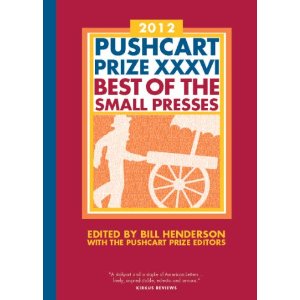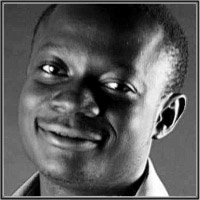I love being a writer. What I can’t stand is the paperwork. ~ Peter De Vries
If we all felt the way De Vries purports, the world would sorely lack reading material. I believe the great Mark Twain offers a solution to the daunting task we often ascribe to writing and the reason we procrastinate, telling ourselves we’ll do it as soon as we’ve finished X, Y or Z. According to Twain, “The secret of getting ahead is getting started. The secret of getting started is breaking your complex overwhelming tasks into small manageable tasks, and then starting on the first one.”
While Twain’s quote easily applies to myriad goals or projects, I firmly believe his advice also works well when it comes to the writing process as a whole.
I’ve found that for me, it helps to take a good look at the big picture and then put into practice what Twain suggests: break down the seemingly insurmountable goal into doable steps. But even more importantly, each stage must be easily attainable, or I will hesitate to begin the first one.
The following is a model for accomplishing Twain’s solution.
Step #1: Planning
- Make time to come up with the gist of your story. This may occur through daydreaming, brainstorming or writing organically for a pre-determined length of time, and can take place anywhere you do your best thinking: working out, meditating, hiking or lounging on your chaise.
Step #2: Writing
- Commit to write a minimum number of words a week. This requires you to put pen (or pencil) to paper, fingers to keyboard, voice to recorder — anything to get a word count somewhere other than the gray matter inside your right brain.
- Set aside the required number of hours per day, preferably uninterrupted. Accomplish this by removing distractions; i.e., log out of Facebook, instant messaging, Google, Dr. Phil — whatever keeps you from the first part of this step. If you’re the type who’s inspired by a little Beethoven or Pit Bull, by all means turn up the volume on your iPod. Along these lines, don’t underestimate the power of your muse; keep it forefront in your mind (stay tuned for a future post on this concept). The short of it: if an ocean view is what you need to write, then plaster your surroundings with the sights, sounds and smells of a tropical paradise. And if you can bring the real thing to life, all the better.
Step #3: Editing/rewriting
- Read drafts one at a time, making notes/edits as you go. Try to read your words with new, fresh eyes. Pretend you’re picking the piece up for the first time and gauge your reaction as if you’ve never seen it before. Be critical.
- Schedule a day or a week to rewrite. This is where a lot of us lose steam. But it’s important to consider this just another part of your “job” as a writer. Take what you’ve edited in the first part of this step and get it done. If you don’t, someone else will.
These manageable steps can be adapted to any writing assignment, such as articles, short stories and blogs. It simply takes an idea and a commitment to see it through.
What is your secret to getting started?







